Scroll Down
Scroll Down
"Every wine year is an
emotional rollercoaster."
- Alex Sattler
Handcraft in the Vineyard

Passion
Steep slopes and a challenging climate demand diligent handcraft to cultivate healthy vineyards. Together with our long-serving team, we reduce yields manually through the soft pruning technique, breaking away excess shoots, removing leaves from the fruit zone, and selecting ripe grapes by hand.
Tension
Gathering dark clouds have often cost us sleepless nights.
We live right between the warm, humid Adriatic climate to the south and the continental Pannonian climate to the north. This clash of climates causes harsh weather conditions, high precipitation, risk of hail, and other weather extremes.

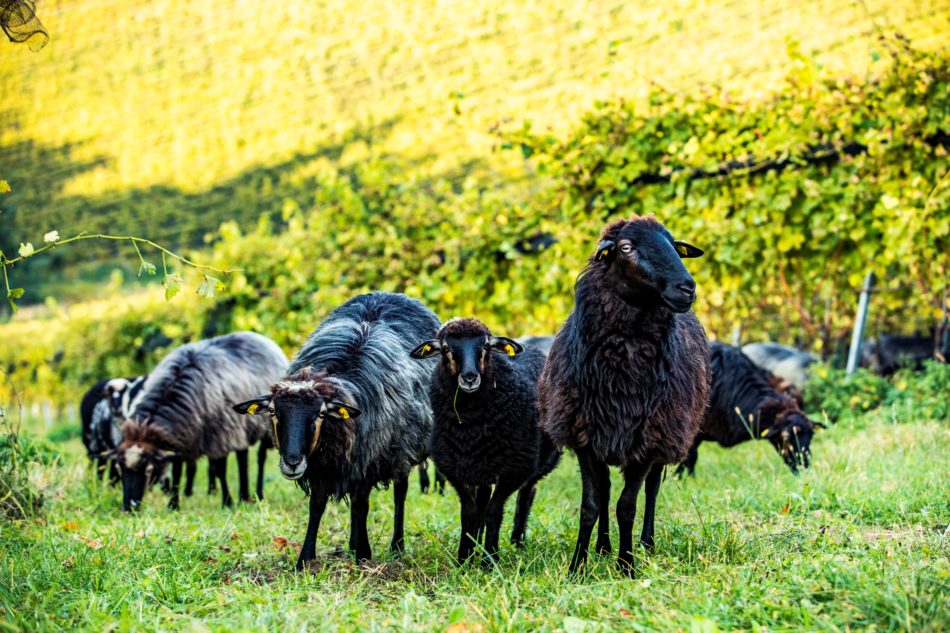
Trust
Handcraft and trust in nature are often at odds.
Only by complementing cycles can we support nature without disturbing it.
The effects of using our farm’s own compost and grazing animals in the vineyard are examples of how we support vine vitality in a living ecosystem.
This is the foundation for trusting in the power of our vineyards.
Cohesion
Our connection to the soil, the vines, the animals, and the people who accompany us during the course of a wine year allows us to look forward to each vintage with joy, regardless of the stress and strain. Healthy soil and plants, humane animal husbandry, and a pleasant working environment are crucial for us in terms of life and wine quality.

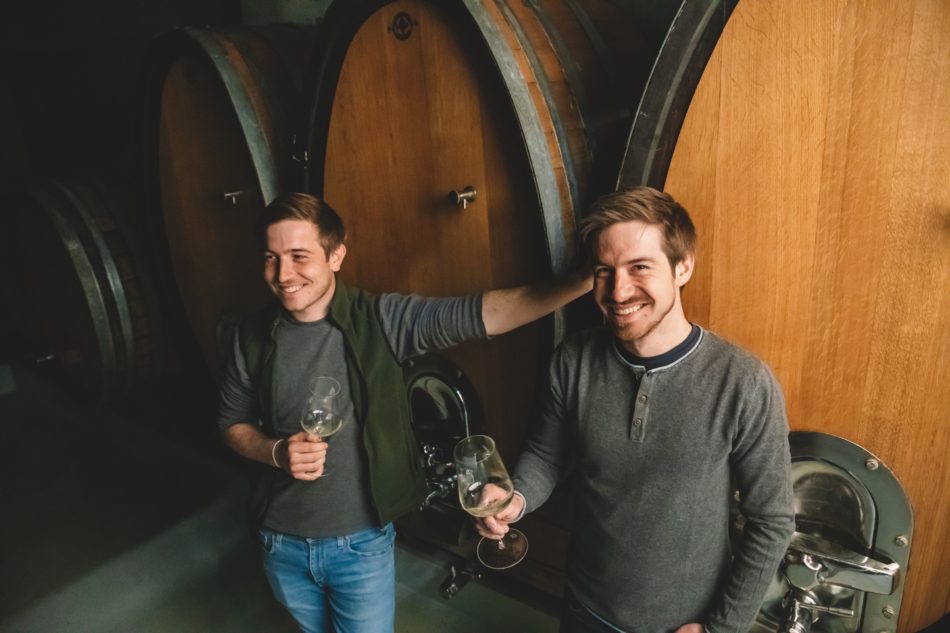
Happiness
For us, happiness means standing at the top of our vineyards and observing nature flourish.
It means harvesting grapes that carry within them a year of hard work and an idea that is decades old.
And ultimately, happiness is being able to share this environment and our wines with people who derive the same pleasure from them as we do.
"Wine needs at least one year's cycle in the cellar."
-Andreas Sattler
Handcraft in the Cellar
Steel tank, large wooden vats or barrique barrels?
A question that tries to pigeonhole taste in the simplest possible way.
Our approach is based on the assumption that the question of great wine goes deeper than the vessel in which it was matured.
The question of why the wine matures in a particular vessel is what is important. We decide which ageing is best for our wines based on the vineyard, the microbiological processes, the soil, our experience, and finally the ripeness of the grapes. This is why some of our best wines require steel tanks and others require wooden vessels.
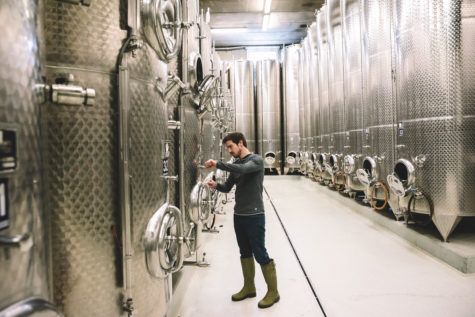
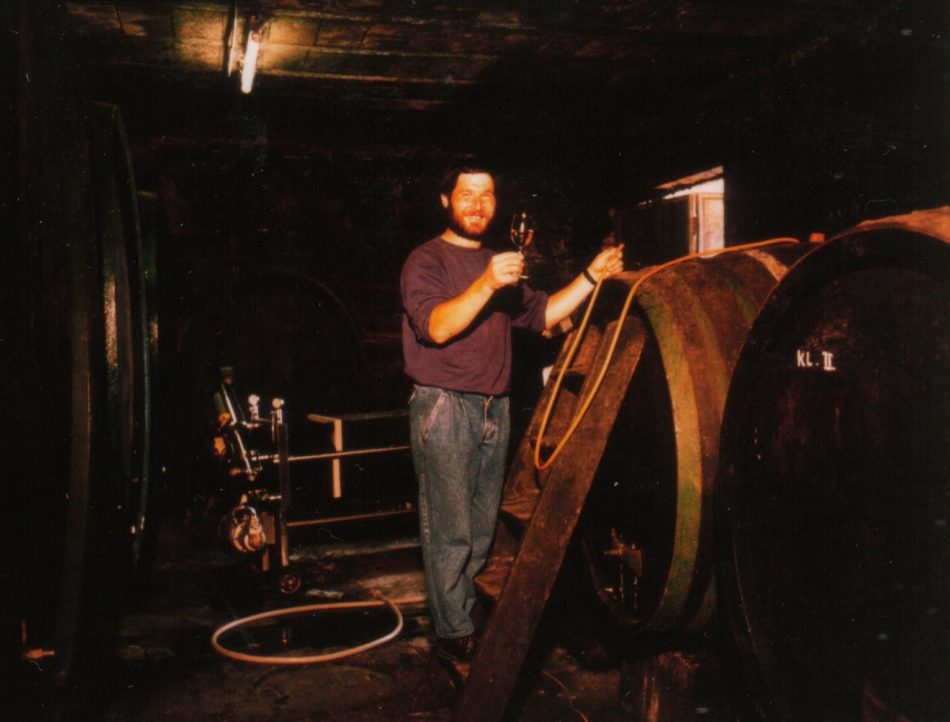
Character is edgy
Willi Sattler senior already caused a stir among many people with his untreated wines in the 1960s. It was not an easy path for Willi junior, and later Alex and Andreas, to persist with a wine style of the highest precision that also tends to be edgy. But it is precisely these sharp edges and corners that we seek in expressing the unique character of our farm and vineyards that will last for generations.
A story about time
Every wine needs its own bespoke time in the cellar.
Ideally, it matures for at least the cycle of an entire year to be naturally stabilised by the cold and warmth of the seasons.
Wines from some vineyards benefit from extended maturation, which may take up to as much as seven years. What remains after this time is a profound statement of origin. This, however, calls for special depth of structure, as this journey is a real tour de force for the wine.
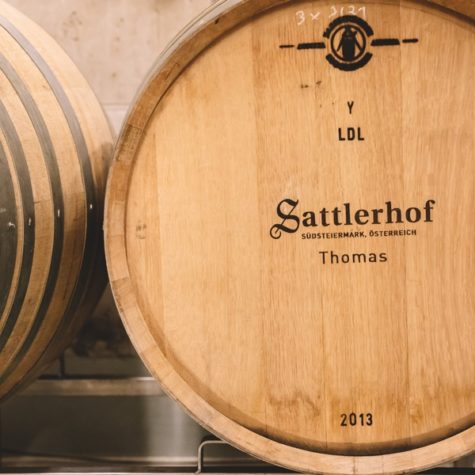
"Trust when possible and intervene when necessary; that is precision."
Thoughts on handcraft
Balance, structure, acidity.
In every wine, we are concerned with balance.
A good combination of tannins and acids provides tension and structure in the mouth.
It is particularly important to wait for the grapes to ripen perfectly, to selectively harvest the best grapes, and to give the juice time on the mash to extract all the valuable nutrients from the grape skins. This basic idea forms the foundation of all wines from our estate.


Reduction and oxidation
Two opposites that must be kept in balance.
During the maturation process in the cellar, the wines repeatedly go through phases of oxidation and reduction.
For example, we work oxidatively with the juice to remove all volatile elements. During fermentation and maturation, we prefer a reductive environment to bind deep fruit and minerality. At bottling, neither oxidation nor reduction should be in the foreground to preserve clarity of vineyard expression.
Microbiome in the vineyard
The vine does not absorb nutrients from the soil directly, but via breakdown by microorganisms.
Soil vitality is thus essential. We encourage soil life through composting, extensive mulching, and grazing animals in the vineyard.
This makes the vines more robust against drought and other weather extremes.
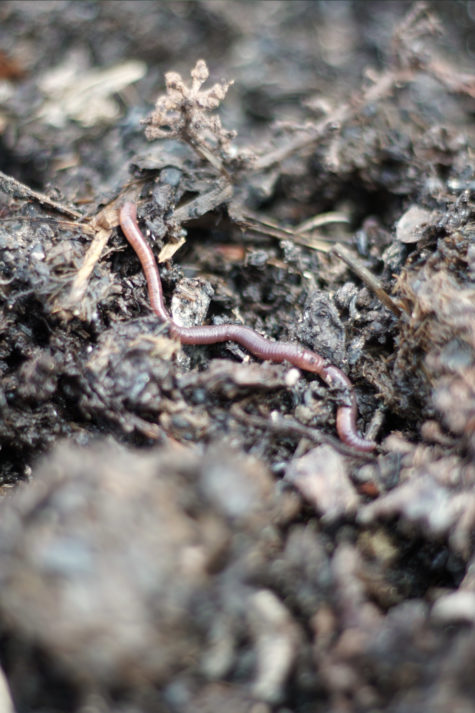
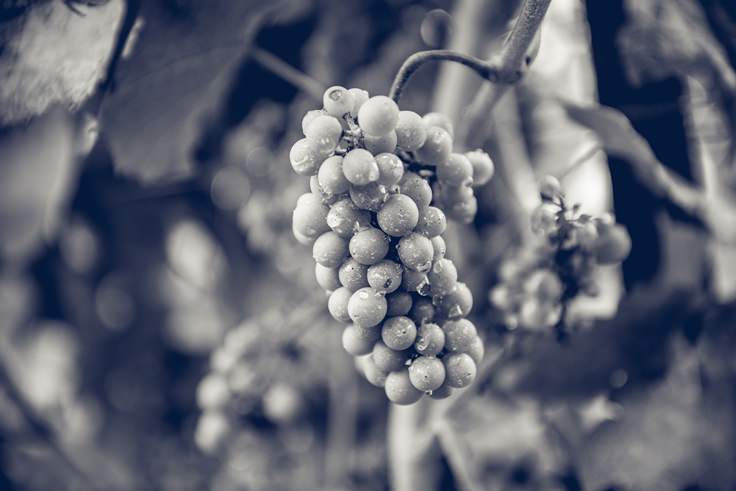
Facets of fruit
Südsteiermark occupies a unique position compared to other wine regions of the world when it comes to fruit.
A particularly deep fruit intensifies on our quartz and pebble soils and persists for decades in the bottle.
Origin
Wherever the roots must struggle in meagre rock, the forest of a neighbouring slope causes cool air to flow, or the winegrower wants to do justice to the location through a well-considered choice of grape varieties: this is where you can taste the origin of a wine.
Regional wines: the classically vinified wines from the Südsteiermark region.
Ortsweine: Our village wines come from our vineyards in and around Gamlitz and Eichberg
Riedenweine: our single-vineyard wines carry the name of the Ried (vineyard) on the label.
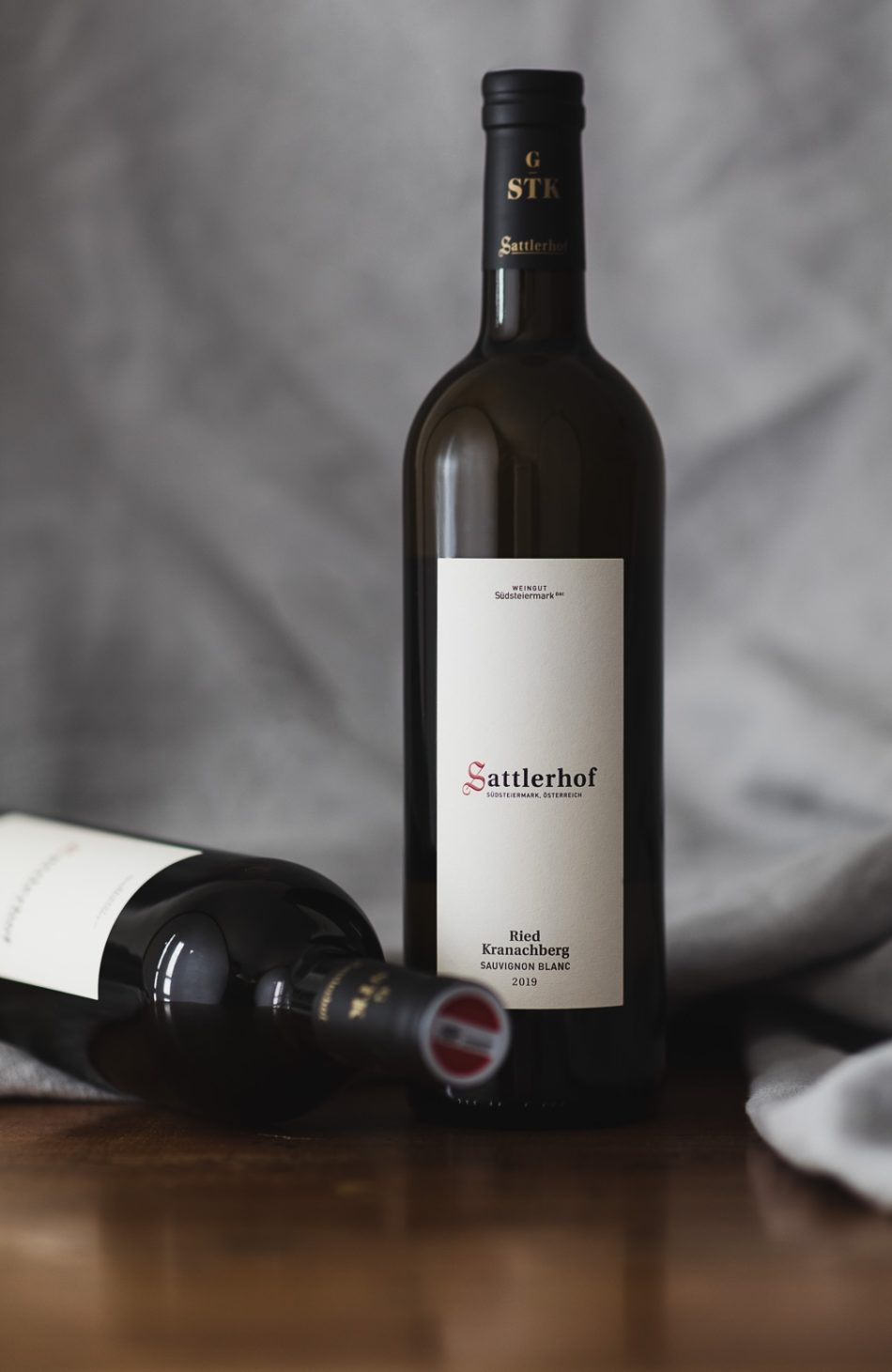
Riedenweine
The classically vinified wines from the Südsteiermark region offer wonderful drinking pleasure in the first few years: vivid, lively, with typical Styrian lightness and fascinating aromatic freshness.

Ortsweine
Our village wines exhibit distinct character of origin and have a maturation potential of 5-7 years.
Our vineyards extend over hill crests in the villages of Gamlitz and Eichberg.
Gamlitz
The central village of Südsteiermark where all soil types can be found, from limestone to quartz to pebbles. From warm locations at 300 m to cool locations at 450 m above sea level, the village is multifaceted. Near Kranachberg, the wines are particularly spicy.
Eichberg
The “roof” of Südsteiermark lies in a cool position between 450 m and 660 m above sea level with rugged pebble-gravel slopes. You can enjoy a magnificent view of the last foothills of the Alps from the Eichberg. The climate is briskly Alpine and the wines are correspondingly crisp and mineral.

Gebietsweine
The classically vinified regional wines from Südsteiermark offer typical regional drinking pleasure in the first few years: vibrant, lively, with Styrian lightness and fascinating aromatic freshness.

